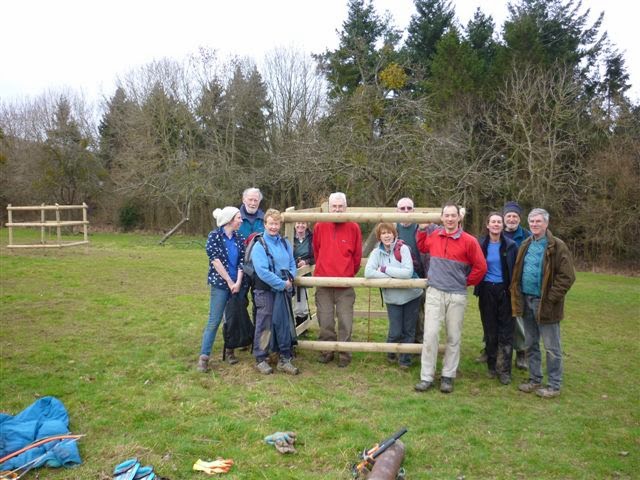October 16 2014
The annual outing for the Wye Valley
AONB volunteers saw a welcome return to Broome Farm in Ross on Wye. Ross cider
which is owned by Mike Johnson is a real inspiration in the cider community.
His business model is based on community participation. The farm has been the home of the
Johnson family for over 70 years. The 65
acres have been put to many uses during this time including a dairy herd, crops
of potatoes and soft fruit, sheep and more recently alpacas.
In 1974 the first of
the commercial orchards contracted to Bulmers, the Hereford cider makers, was
planted. This enterprise has grown in
recent years and today is the main farming activity occupying 40 acres.
Throughout this time
a traditional farmhouse orchard of cider apple and perry pear trees has been
maintained with a small amount of cider and perry made each year for
consumption on the farm. Since 1984 when
the farmhouse was reopened after renovation the popularity of the cider and
perry with both local customers and visitors alike has resulted each year in
increasing quantities being pressed. All Broome Farm Cider and Perry is made
from whole fruit juice – once pressed the juice is allowed to ferment with its
own natural yeasts.
Further orchards have
also been planted to supply fruit for the growing production of Broome Farm
Cider and Perry. There are now over 70
varieties of cider apples and perry pears growing on the farm enabling the
creation of individual blends of award winning cider and perry.
The farm cellar is
open every day for tastings and sales straight from the barrels and there is
also a selection of bottled cider and perry available, both single varieties
and blends.
The volunteers picked
and pressed apples and enjoyed a great lunch at the Yew Tree.
















